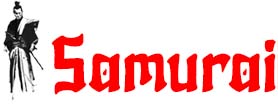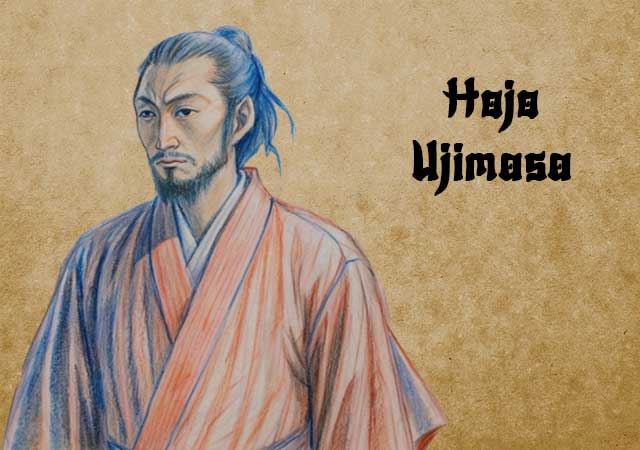
Hojo Ujimasa (1538 – August 10, 1590) was the fourth leader of the later Hojo clan and the daimyo of Odawara. He continued his father Hojo Ujiyasu's policy of territorial expansion, achieving the largest territorial holdings in the clan's history.
Born in 1538 as the second son of Hojo Ujiyasu, Ujimasa's childhood name was Matsuchiyo-maru. After his elder brother Shinkuro passed away at a young age, Ujimasa became the heir apparent. In 1554, during an alliance formed by Ujiyasu with Takeda Shingen and Imagawa Yoshimoto, Ujimasa married Shingen's daughter, Obai-in.
Around 1559, Ujimasa assumed formal leadership of the family upon Ujiyasu's retirement. The Hojo clan expanded its control significantly under his leadership, including the capture of Iwatsuki Castle in 1560, which brought most of the Musashi Province under their control. Ujimasa participated in several key battles, such as the Battle of Konodai (1564) and the Siege of Odawara (1569).
In 1574, Ujimasa secured the surrender of Sekiyado Castle in Shimosa Province from Yanada Harusuke and gained the allegiance of Yuki Harutomi, a vassal of the Uesugi clan. The following year, Gion Castle in Shimotsuke Province, held by Oyama Hidetsuna, also surrendered. In 1577, Ujimasa invaded Kazusa Province and reconciled with his long-time adversary, Satomi Yoshihiro. This conflict marked the first battle for his heir, Hojo Ujinao.
By 1580, after Takeda Katsuyori's intervention in the Uesugi conflict and the death of Uesugi Kagetora, Ujimasa forged a new alliance with Oda Nobunaga and Tokugawa Ieyasu. The Hojo clan, alongside these allies, launched an attack on Takeda territory in Suruga, leading to the Battle of Omosu and participation in the Conquest of Koshu, culminating in the Battle of Tenmokuzan in 1582.
After Oda Nobunaga's unexpected death in 1582, Ujimasa seized the opportunity to attack Oda clan territories at the Battle of Kanagawa. Subsequently, the Hojo and Tokugawa clans settled their territorial disputes by exchanging Kai and Shinano Provinces for Kozuke Province.
In 1588, as Toyotomi Hideyoshi succeeded in unifying Japan, he invited Ujimasa and his son Ujinao to an imperial visit at the Jurakudai in Kyoto. However, Ujimasa declined the invitation, proposing a delay until the spring or summer of 1590, which Hideyoshi refused, straining their relations.
By 1590, Ujimasa had consolidated the clan's position and retired, passing leadership to his son Hojo Ujinao, who became the head of the clan and lord of Odawara. That same year, Hideyoshi launched the Odawara Campaign against the Hojo clan.
See also
-
Tachibana Dosetsu
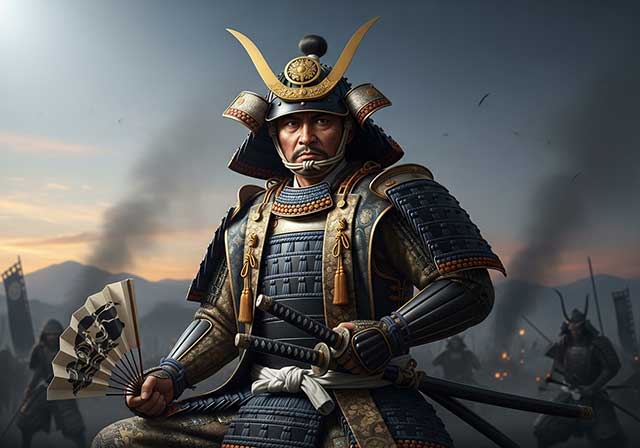
Tachibana Dōsetsu is the name by which Hetsugi Akitsura is more widely known; the name of this lineage is also found read as Hekki or Bekki. For a long period, Akitsura served the Ōtomo clan, the daimyō of Bungo Province, and took part in wars against the Ōuchi family, the principal enemies of the Ōtomo in northwestern Kyushu. In the 1560s, Akitsura seized the castle of the Tachibana clan, which had rebelled against the Ōtomo, and thereafter adopted the surname Tachibana. Around the same time, he took Buddhist vows and assumed the name Dōsetsu, which means “Snowy Road.”
-
Taira no Masakado

Taira no Masakado embodied the quintessential samurai of his era—self-assured, harsh, and unyielding. In his youth, he served in the palace guard and repeatedly proved his bravery while suppressing unrest. Thanks to these achievements, Masakado sought the post of chief of the capital’s military-police office (the kebiishi-chō), but he was rejected: by that time, nearly all court positions—now little more than privileged sinecures—were controlled by members of the powerful Fujiwara clan.
-
Sakakibara Yasumasa
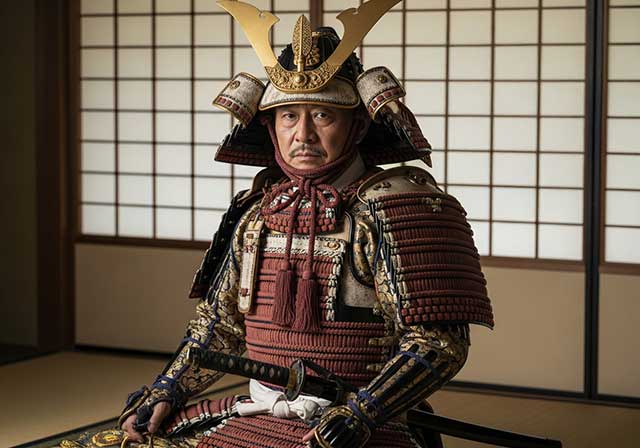
Yasumasa was the second son of Sakakibara Nagamasa and was born in Ueno in Mikawa Province. From a young age, he began serving Tokugawa Ieyasu and eventually rose to the position of one of his most trusted generals. His wife was the daughter of Osuga Yasutaka. Ieyasu first noticed the young Yasumasa during the suppression of the Ikkō-ikki uprising in Mikawa in 1564. Thanks to his demonstrated abilities, Yasumasa was granted the privilege of using the character “yasu”—the second character of Ieyasu’s own name—in his own. Although he was the second child in his family, he became his father’s heir, though the exact reasons for this remain unknown.
-
Sakai Tadatsugu
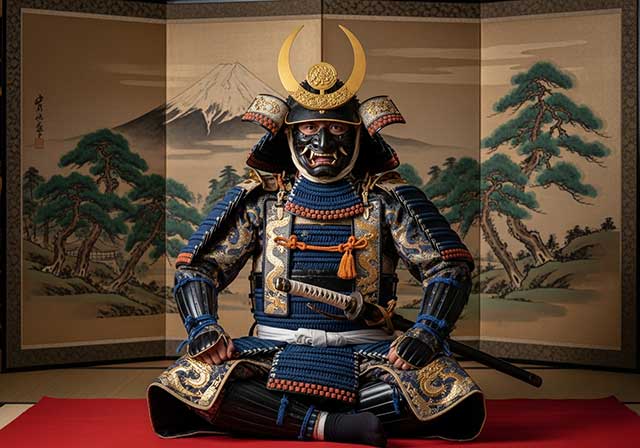
Tadatsugu was one of the most renowned generals serving Tokugawa Ieyasu. After Ieyasu broke ties with the Imagawa clan, Tadatsugu—an ardent supporter of this decision—was granted command of Yoshida Castle in 1565, which controlled the coastal road from Tōtomi to Mikawa. During the Battle of Mikatagahara in 1573, he held the right flank of the Tokugawa forces even when the troops sent by Oda fled under the assault of the Takeda army. In the Battle of Nagashino in 1575, he personally requested permission to carry out a night attack on the Takeda camp, which he executed brilliantly together with Kanamori Nagachika.
-
Ryuzoji Takanobu
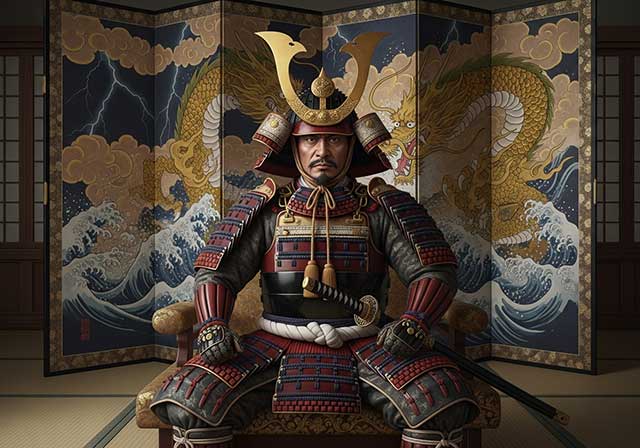
Takanobu was the eldest son of Ryūzōji Takaie and the great-grandson of Ryūzōji Iekane. His father was killed by a man named Baba Yoritiku in 1544. At a young age, Takanobu took Buddhist vows and received the monastic name Engetsu. However, around the age of eighteen, he returned to secular life, and in 1548, after the death of Ryūzōji Tanehide, he became the head of both branches of the Ryūzōji family.
-
Ouchi Yoshihiro
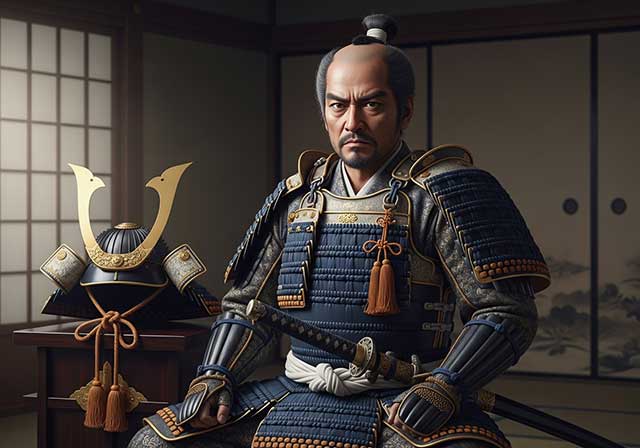
Ōuchi Yoshihiro was the second son of Ōuchi Hiroyo, who headed the Ōuchi clan in the western part of Honshu. In 1363, Shogun Ashikaga Yoshimitsu confirmed the Ōuchi family in the position of shugo of Suō and Nagato Provinces. In his youth, Yoshihiro assisted his father in strengthening the influence of the Northern Court on the island of Kyushu — they served under Imagawa Ryōsun, who had been tasked with subjugating the nine provinces of Kyushu.
-
Ouchi Yoshioki
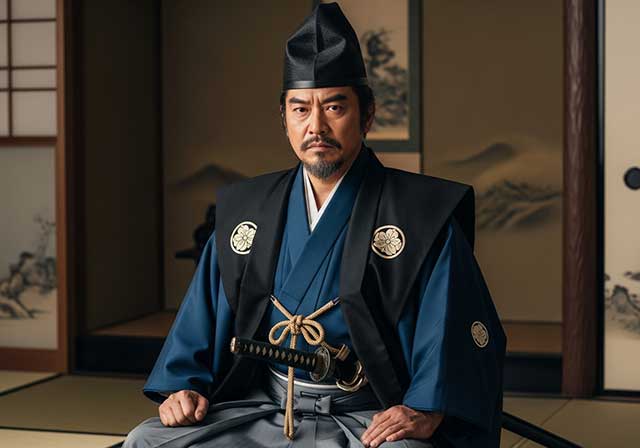
Ouchi Yoshioki, the ruler of the provinces of Suo, Nagato, and Iwami, was one of the most capable military commanders and politicians of the late 15th and early 16th centuries. The son of Ouchi Masahiro, he governed from his residence in Yamaguchi in the province of Suo. In 1499, Yoshioki gave refuge to Shogun Ashikaga Yoshitane, who had been driven out of Kyoto by Hosokawa Masamoto. Shogun Yoshizumi, Masamoto’s protégé, ordered the lords of Kyushu to unite their forces against Yoshioki; however, they did not dare to do so, fearing the power of a man who by that time controlled six provinces. Having gathered a substantial army, Yoshioki marched from his native Suo toward Kyoto in order to restore Shogun Yoshitane to power.
-
Otomo Sorin
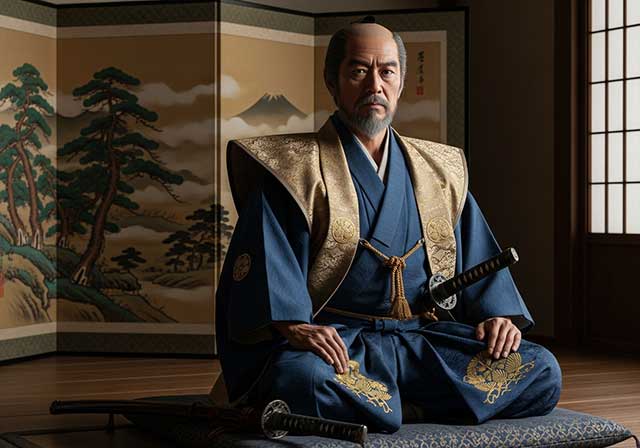
Ōtomo Yoshishige came from a noble lineage, being the eldest son of Ōtomo Yoshiaki, the ruler of Funai Province. The roots of the Ōtomo family traced back to Fujiwara Hidesato, the adopted son of Nakahara Chikayoshi. Fujiwara served Minamoto Yoritomo during the Genpei War and took part in battles in Mutsu Province in 1189. In 1193, he was appointed shugo of Buzen and Bungo Provinces, after which he adopted a new surname—Ōtomo.
